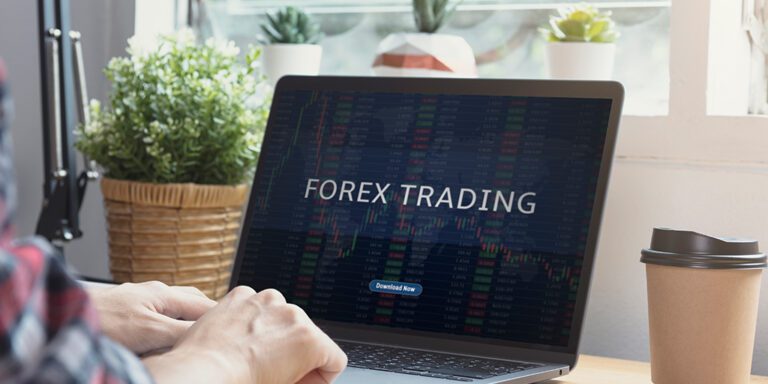Liquidity is a measurement of the number of buyers and sellers present, as well as the ease with which transactions may be completed. The current volume of trades or the volume of pending trades on the market are frequently used to calculate liquidity.
When there is a lot of trading activity and supply and demand for an item, it’s easier to locate a buyer or seller. It simply means there’s a lot of liquidity. It is said to be an illiquid market or one with low liquidity if there are only a few market participants who trade infrequently.

Liquidity Providers (LPs) job is to make it easier for buyers and sellers to exchange securities and other financial instruments by offering a pool of shares (which they control). To put it another way, they make securities “liquid” by allowing them to be quickly converted to cash. The liquidity provider is involved in currency transactions on both sides. He buys and sells a specific asset at specific prices. It suggests he’s in charge of the market.
Liquidity providers ≠ market makers
Market makers are institutions that guarantee the execution of orders, such as banks, funds, and other financial institutions. To put it another way, they keep the market moving. On the other side, some brokers do not apply as liquidity providers, instead working as market makers with limited order books. When a broker has a good understanding of how a liquidity provider operates, it’s time to apply to reputable firms and get a leg up on the competition. There are two categories of providers to be aware of.
Liquidity providers’ types
Tier 1 and Tier 2 liquidity providers are the two options.
Tier 1 providers are at the top of the list since they work with the world’s largest banks and funds, such as Barclays, Morgan Stanley and other key companies. As a result, such providers ensure maximum liquidity and zero spread.
Tier 2 suppliers serve as market makers for retail clients, determining prices. These firms act as interbank mediators, providing brokers and their clients with less favorable terms. As long as they meet the qualifications, anyone can become a liquidity provider. Individuals can also qualify, though banks, brokerages, and other financial institutions are the most common.
It is important to meet the fundamental requirements for broker registration and license, as well as demonstrating the capacity to conduct the bare minimum of market maker trading functions. Each exchange has its own set of regulations and qualifications for becoming a liquidity provider, but he must purchase or sell a minimum of 100 shares of the stock it is trading.
Importance of Liquidity Providers
Market liquidity is critical for a variety of reasons, the most essential of which is that it affects how quickly you can enter and exit positions. Because there is always someone prepared to take the other side of a particular position, a liquid market is associated with lower risk.
Traders rely on liquidity providers because they supply a steady flow of prices that allows them to seize any chance of affecting their trading selections. This provides them with more possibilities and better buy/sell spreads, resulting in higher profits on investment.
The liquidity of an asset is also a significant component in determining the spread that a leveraged trading service can offer. The term “high liquidity” refers to a significant number of purchase and sell orders in the underlying market. As a result, the likelihood of the highest price a buyer will pay and the lowest price a seller will accept, moving closer together, increases. To put it another way, the bid-offer spread will narrow.
Because we get our pricing from the underlying market, a lower bid-offer spread here translates to lower spreads on the platform. If a market is illiquid, it is possible that the spread will be significantly bigger. The most important thing to remember is that market liquidity is not always constant; it fluctuates on a dynamic scale from high to low. The location of a market on the spectrum is determined by several criteria, including the volume of traders and the time of day.
It is critical to choose a liquidity source with caution. A dependable and honest provider with a strong reputation, an easy-to-navigate website, and the best quality of online services that can be tailored to specific needs should be chosen. Due diligence is always highly suggested because dishonest suppliers have been known to manipulate the market for their personal benefit, causing major harm to their clients.
To know more how we, at Starting Brokerage, can help you, click here.


